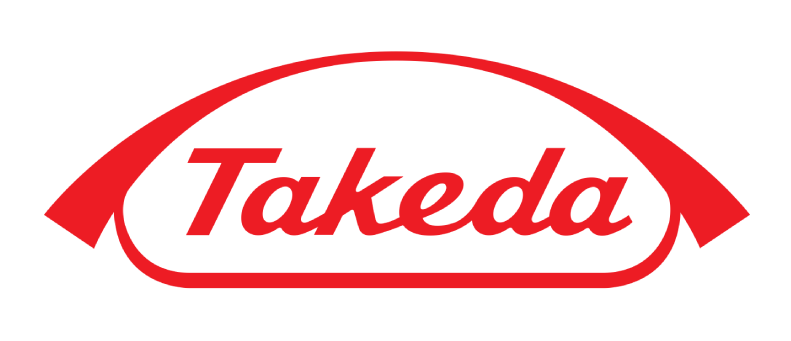Takeda boosts biotech production by improving human performance systems

Takeda’s Massachusetts biologics operations site implemented Ideagen observations
Takeda Takeda a global biopharmaceutical company focused on delivering life-transforming treatments in areas like oncology, rare diseases, neuroscience and gastroenterology achieved a 20% boost in the “batch right the first time” using Ideagen.
They achieved fewer errors, lower waste and significant cost savings. This commitment to excellence has not only delivered measurable results, but reinforced their mission to provide life-changing treatments to patients worldwide.
The challenge
Producing biotech products requires precision and consistency. One key performance indicator, “batch right the first time,” measures how many batches are successfully manufactured without errors on the first attempt. A single batch loss can cost over $2 million, making errors both costly and unsustainable.
Head of Business Excellence Clifford (Cliff) Berry explains the stakes clearly, “Human performance in biotech is all about protecting people and products from harm.”
For Takeda, product harm could mean contamination, quality departures, loss of valuable data, or even a mix-up that sends sensitive materials to the floor—or worse, the drain.
The challenge was twofold: improving safety systems while also reducing deviations that could derail production. To address these issues and enhance operational learning, Takeda needed a solution that supported a systems-based approach to human performance, one built on learning and continuous improvement.
The results
The impact of these efforts has been extraordinary. Along with other improvements implemented at the Massachusetts site, the Ideagen system contributed to a 20% boost in the “batch right the first time” metric. This translates to fewer errors, lower waste and significant cost savings.
Furthermore, addressing deviations through system improvements not only enhances safety but also reduces
the likelihood of batch loss—a critical achievement in pharmaceutical manufacturing, where every batch is worth millions.
“Human performance is about improving systems, not fixing people,” Cliff laughs. By engaging employees and fostering a culture of learning, Takeda has built resilience into its manufacturing operations, driving both efficiency and reliability.
The results
The impact of these efforts has been extraordinary. Along with other improvements implemented at the Massachusetts site, the Ideagen system contributed to a 20% boost in the “batch right the first time” metric. This translates to fewer errors, lower waste and significant cost savings.
Furthermore, addressing deviations through system improvements not only enhances safety but also reduces
the likelihood of batch loss—a critical achievement in pharmaceutical manufacturing, where every batch is worth millions.
“Human performance is about improving systems, not fixing people,” Cliff laughs. By engaging employees and fostering a culture of learning, Takeda has built resilience into its manufacturing operations, driving both efficiency and reliability.
Key takeaway
Takeda’s focus on human and organizational performance, supported by software solutions like Ideagen, has demonstrated the value of aligning people, processes, and systems. The results—improved quality, reduced operational risk and significant savings—highlight the potential of leveraging innovative solutions to tackle manufacturing challenges.
For organizations in similarly complex industries, this case study underscores the importance of embedding continuous learning and improvement into operational workflows.
About Takeda
Takeda is committed to creating better health for people and shaping a brighter future for the world. Guided by a legacy of enduring values, Takeda continues to advance cutting-edge science and innovative technologies that evolve to meet the needs of patients.
Their unwavering ambition centers on delivering truly transformative treatments that drive meaningful contributions to society while cultivating an exceptional and inclusive environment for their global workforce.
Ideagen solutions for biotech and pharmaceutical manufacturing
Tags:
